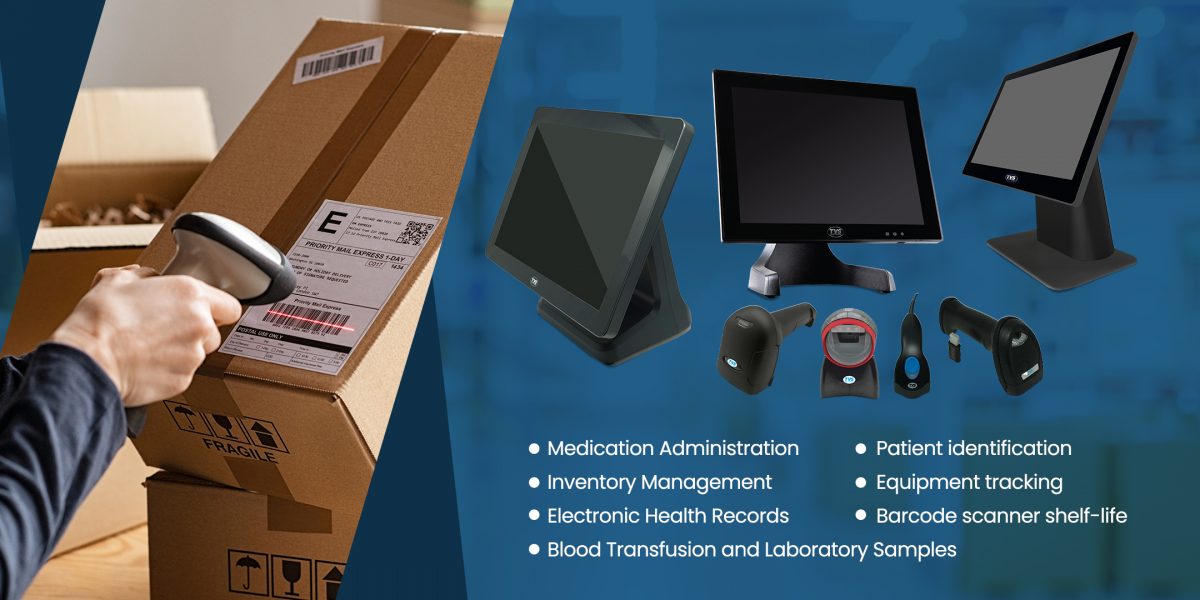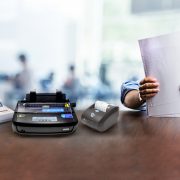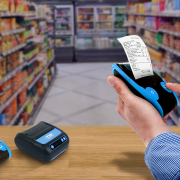Barcode scanning is a technology that has infiltrated nearly every corner of our lives. From the ubiquitous beep at the grocery store checkout to the streamlined logistics in warehouses, barcode scanning plays a pivotal role. Barcode scanning, a technology commonly associated with retail and logistics, has now found its way into the heart of healthcare.
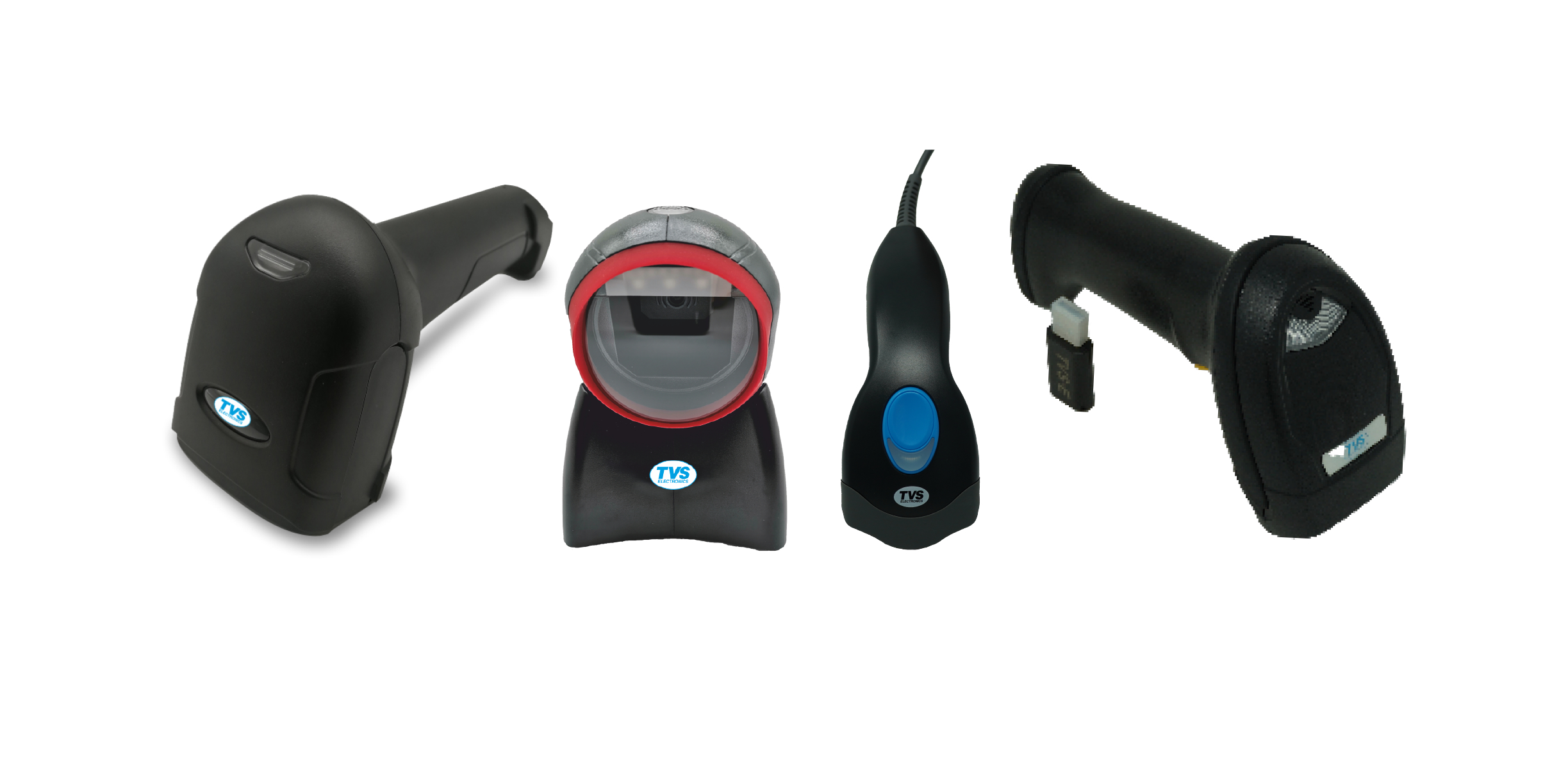
With the potential to revolutionize patient safety and streamline operations, barcode scanning is a vital tool for healthcare professionals. In this article, we will explore how barcode scanning is reshaping healthcare, focusing on its advantages and the positive impact on patient care.
Barcode Scanning in Healthcare: A Vital Tool
Barcode scanning in healthcare involves reading barcodes on various items such as patient wristbands, medications, and equipment to access important information for different healthcare processes. These barcodes provide crucial data for verifying patient identities, ensuring medication accuracy, and tracking hospital assets.
Barcode scanner advantages in healthcare:
1. Medication Administration – Administering the wrong medication or dosage is a critical error in healthcare. Barcode scanning acts as a safeguard by cross-referencing the barcode on the medication with the patient’s wristband. This step significantly reduces medication errors, promoting patient safety.
2. Patient identification – Barcode scanning allows healthcare professionals to accurately identify patients, reducing the risk of mix-ups or confusion in a busy hospital environment. This is particularly important when multiple patients share similar names or medical conditions.
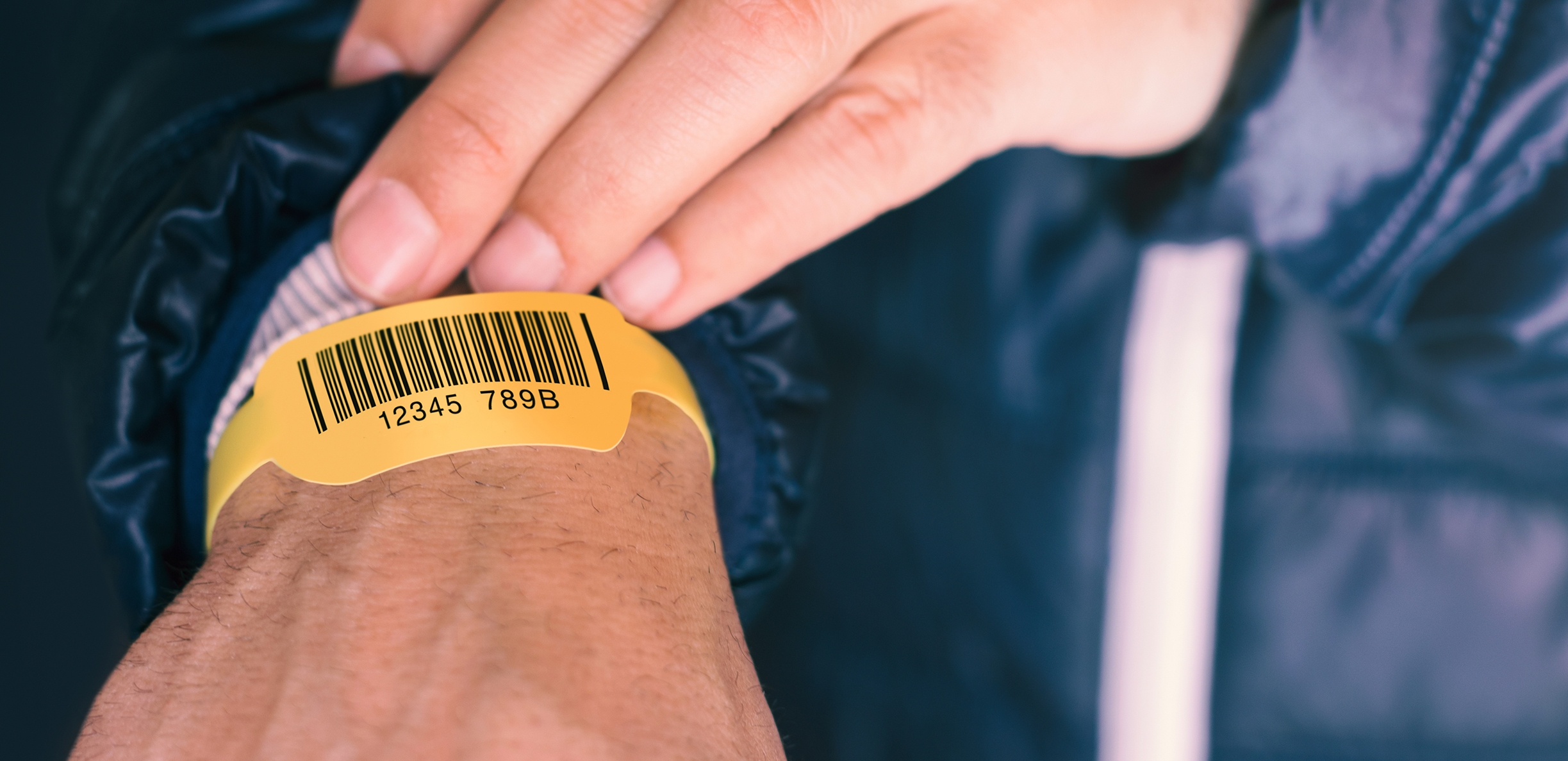
3. Blood Transfusion and Laboratory Samples – Diagnosing and treating medical conditions often necessitates the handling of biological materials, such as blood. The use of barcodes for blood and blood-related substances intended for transfusion has been established to enhance patient safety and accuracy, leveraging the effectiveness of barcode technology. Within the realm of laboratory testing, barcodes play a pivotal role in enabling technicians to monitor meticulously and trace samples, ultimately guaranteeing precise and reliable test results.
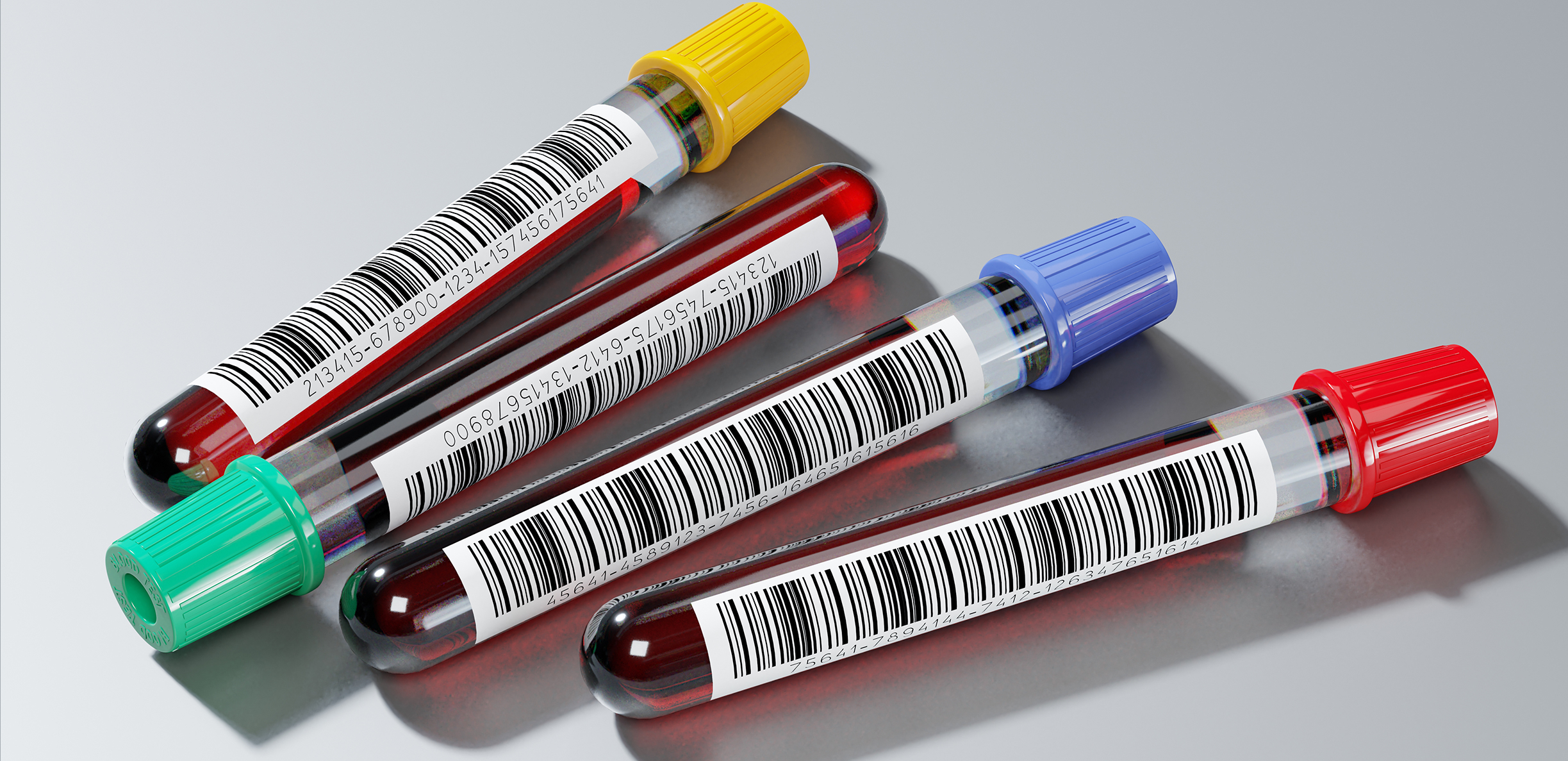
4. Inventory management – Hospitals are large and complex organizations with countless pieces of equipment and medical supplies to manage. Barcode scanning streamlines the process of tracking inventory, making it easier to know what is in stock by providing real-time information on stock levels, where it is located, and when it needs to be replenished.
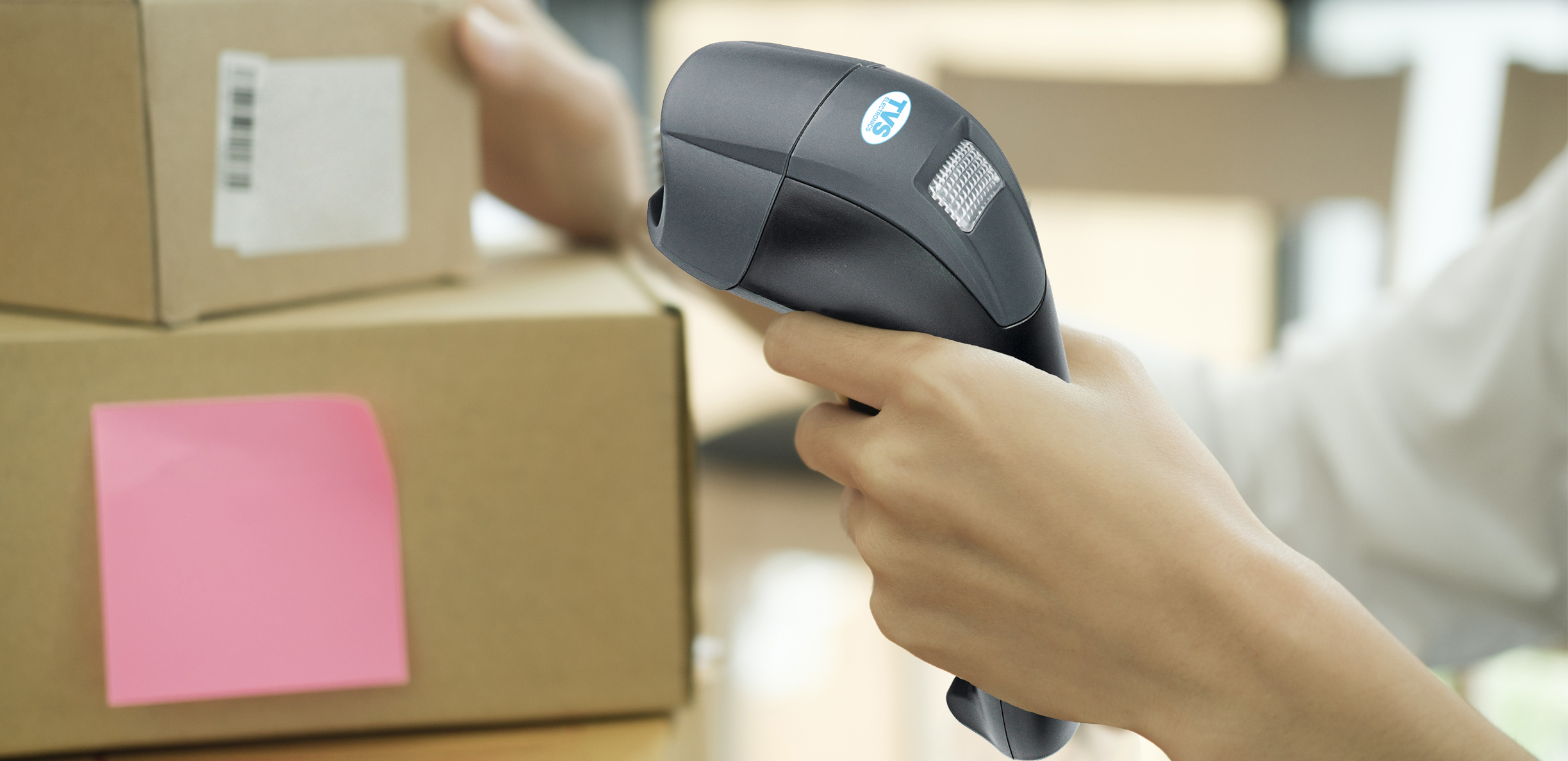
5. Equipment tracking – Barcode scanning enables healthcare facilities to track the movement and utilization of medical equipment. This efficient approach ensures equipment is readily available when needed, reducing delays and improving the quality of patient care efficiency
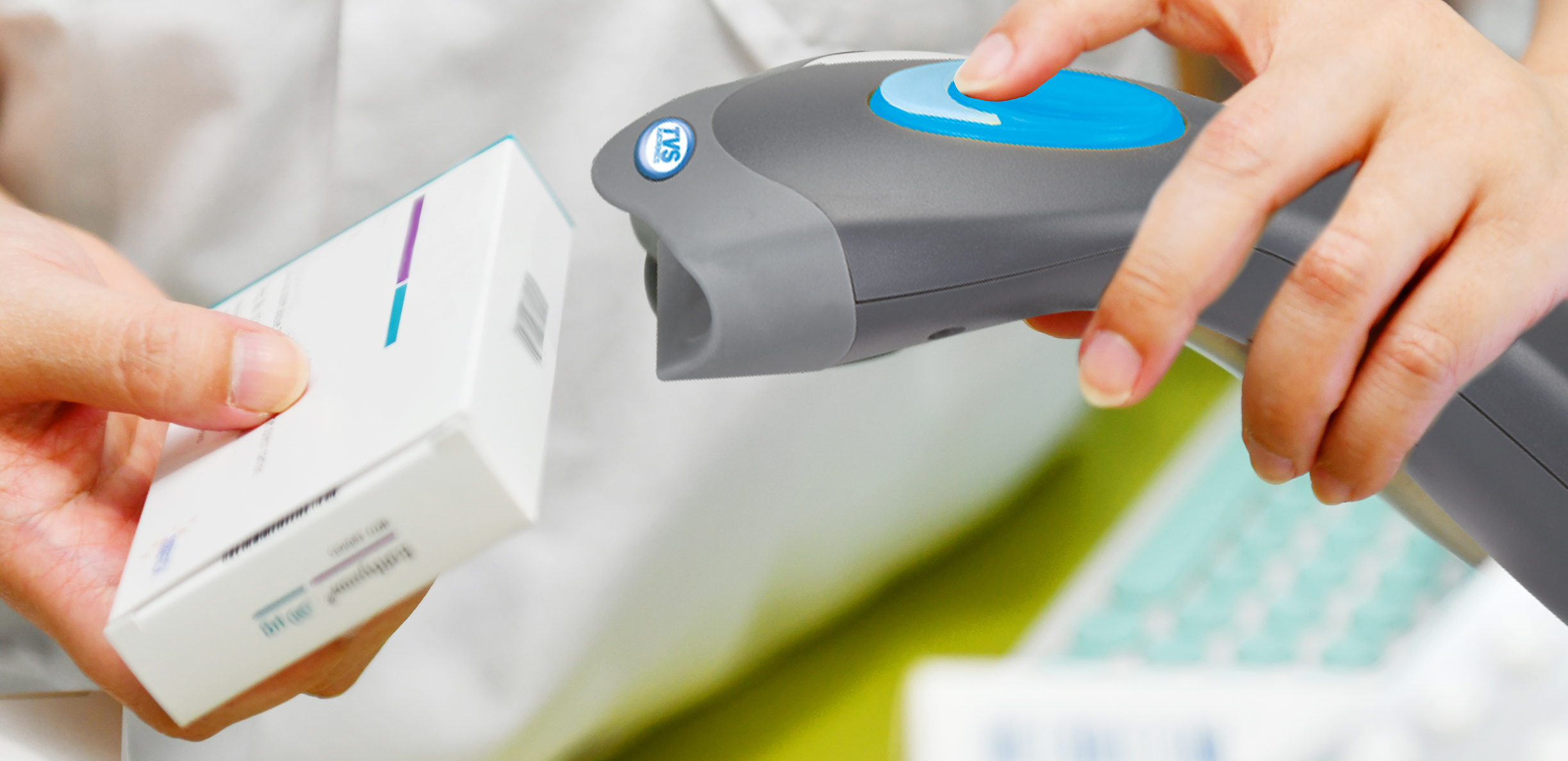
6. Electronic Health Records – Integrating barcode scanning with Electronic Health Records (EHR) simplifies the documentation of patient information. Scanning patient wristbands or barcodes on medical forms automatically enters data into the patient’s electronic record, reducing the chance of manual entry errors and improves record-keeping efficiency.
7. Barcode scanner shelf-life – Barcode scanners are strudy and durable devices, often designed to withstand the rigors of healthcare settings. Their shelf life can vary depending on the brand and model, but they can last for several years with proper care and maintenance.
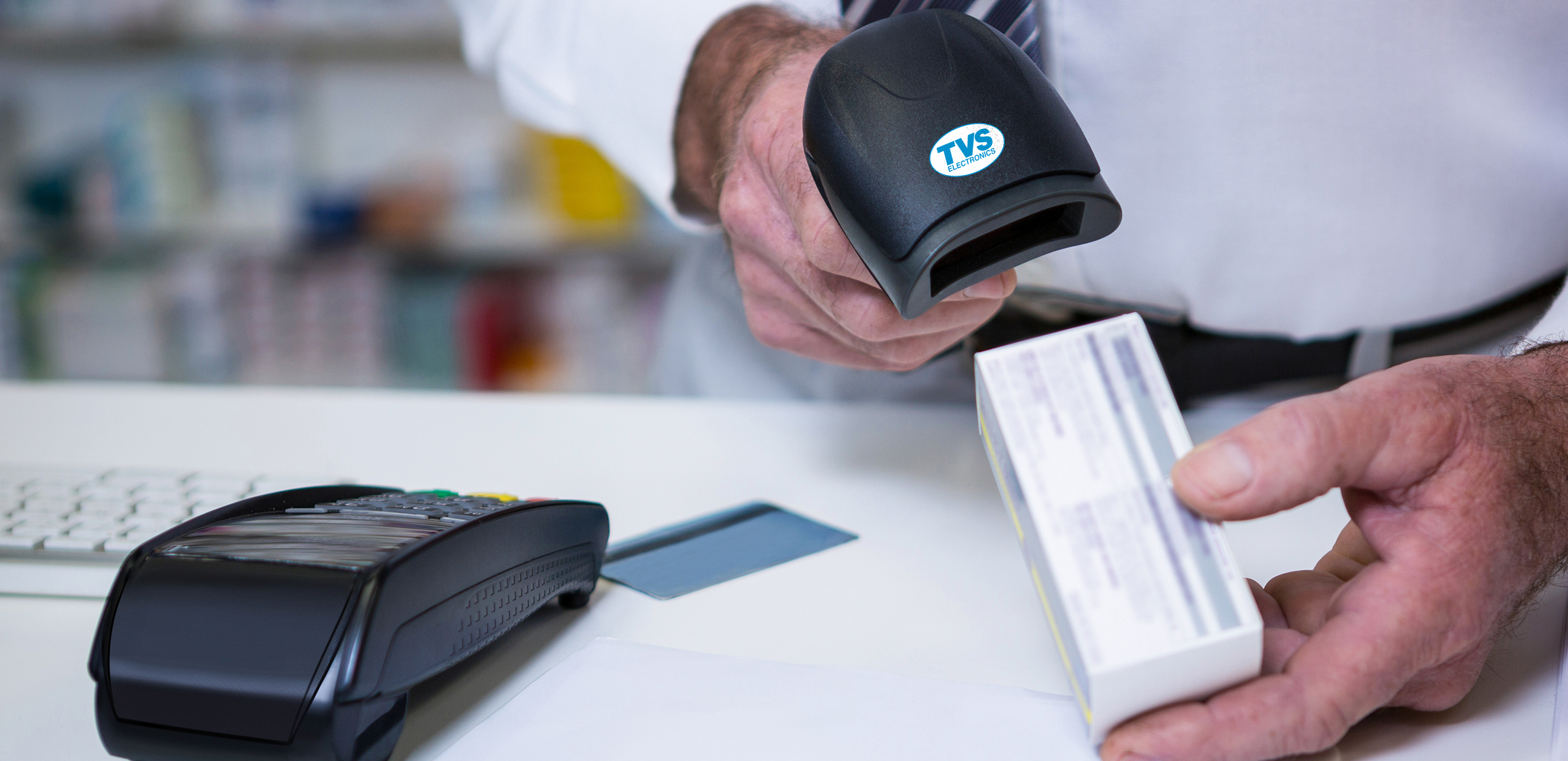
8. Barcode scanner prices – The cost of barcode scanners can vary widely depending on their features and capabilities. Basic handheld scanners can cost less, while more advanced models with wireless connectivity and enhanced durability may cost much more. The investment in a barcode scanner should be considered in terms of the long-term benefits it brings to patient safety and operational efficiency.
Barcode scanning is a transformative technology in healthcare that significantly enhances patient safety and operational efficiency. It reduces the chances of making errors with medication, improves patient identification, and streamlines inventory and equipment management. While the initial implementation may have some challenges, the long-term advantages are well worth the effort. As the healthcare industry continues to embrace barcode scanning, patients can look forward to safer and more efficient care. Barcode scanning is not just a convenience; it is a lifeline in the pursuit of better patient outcomes.










